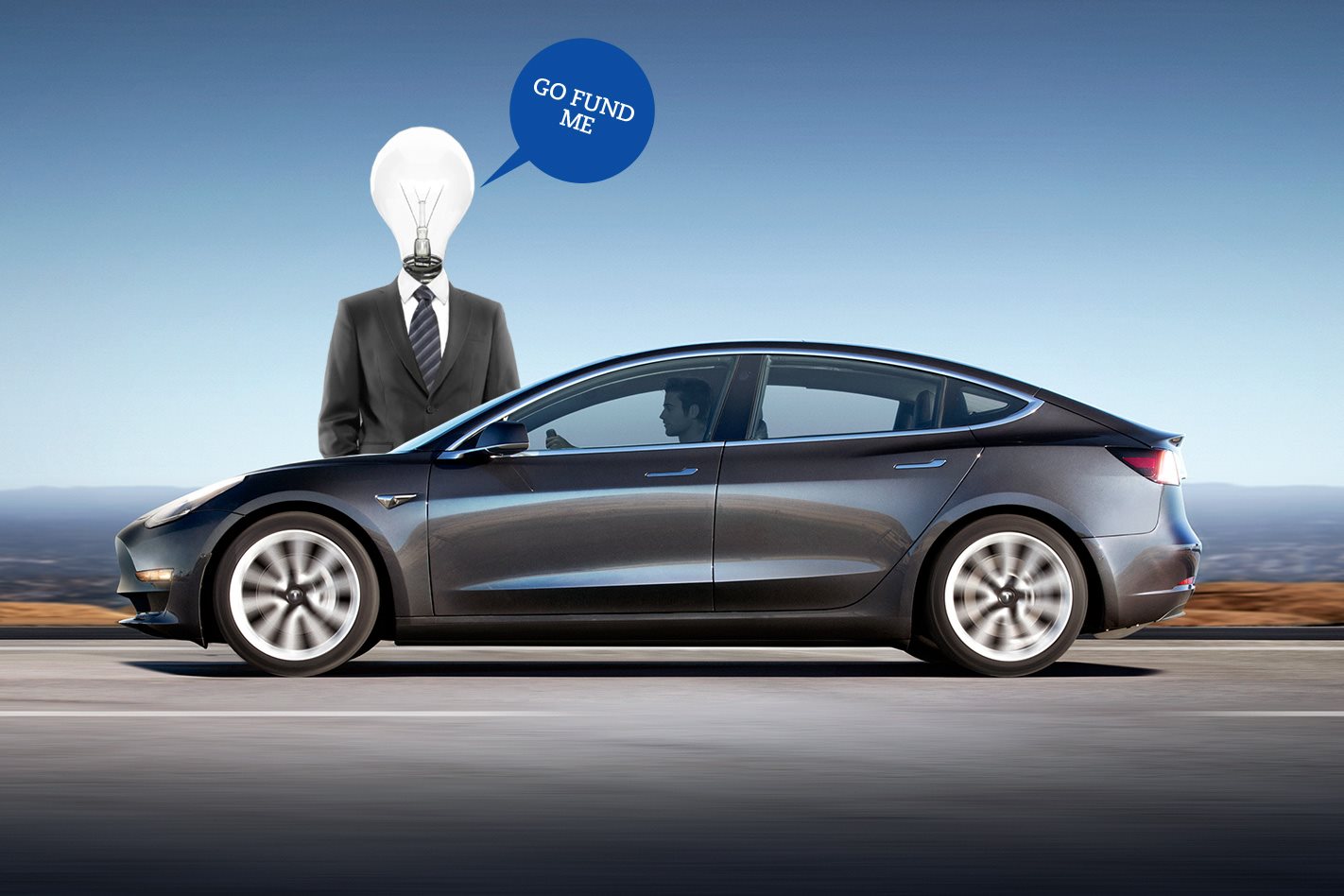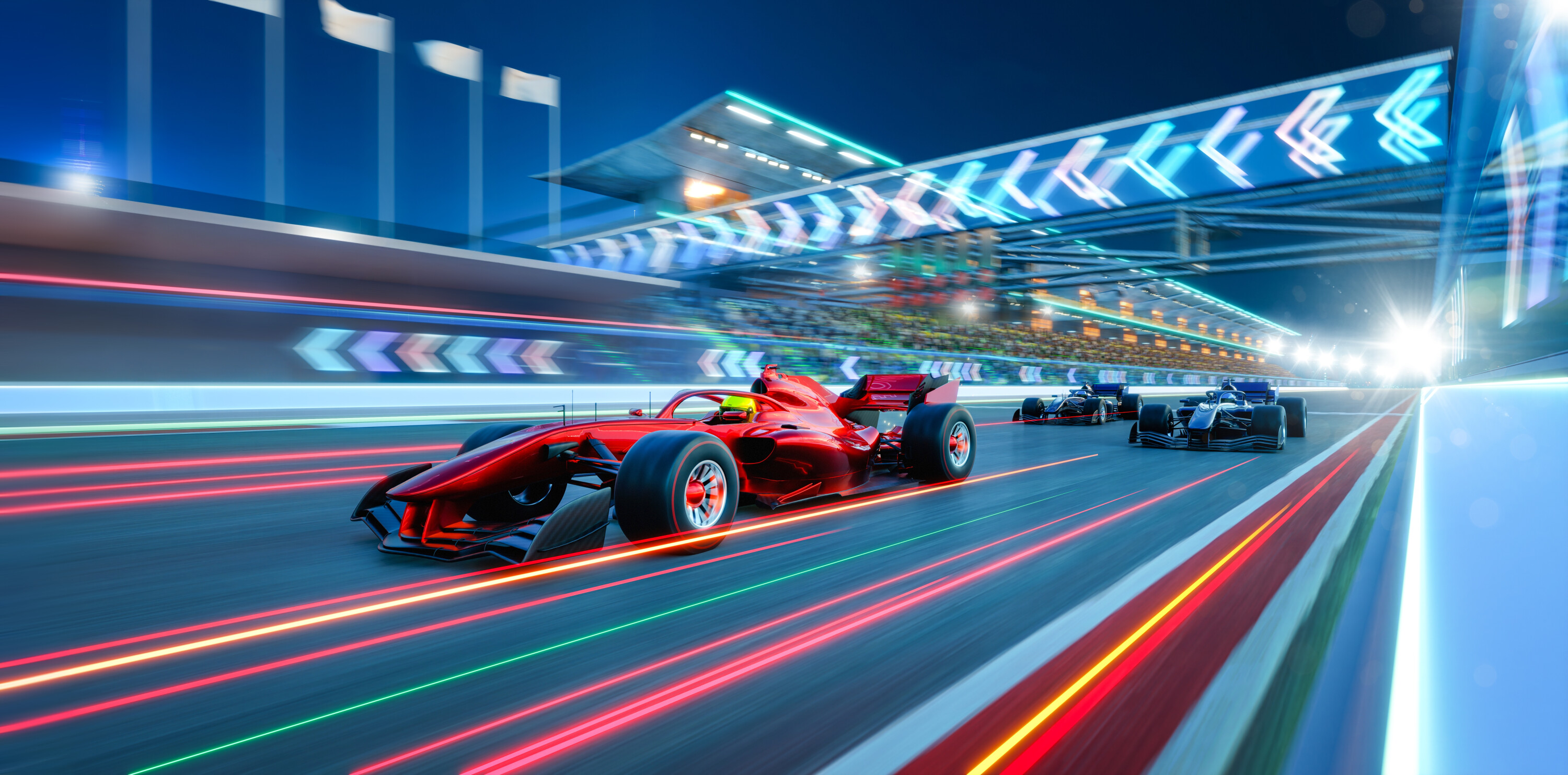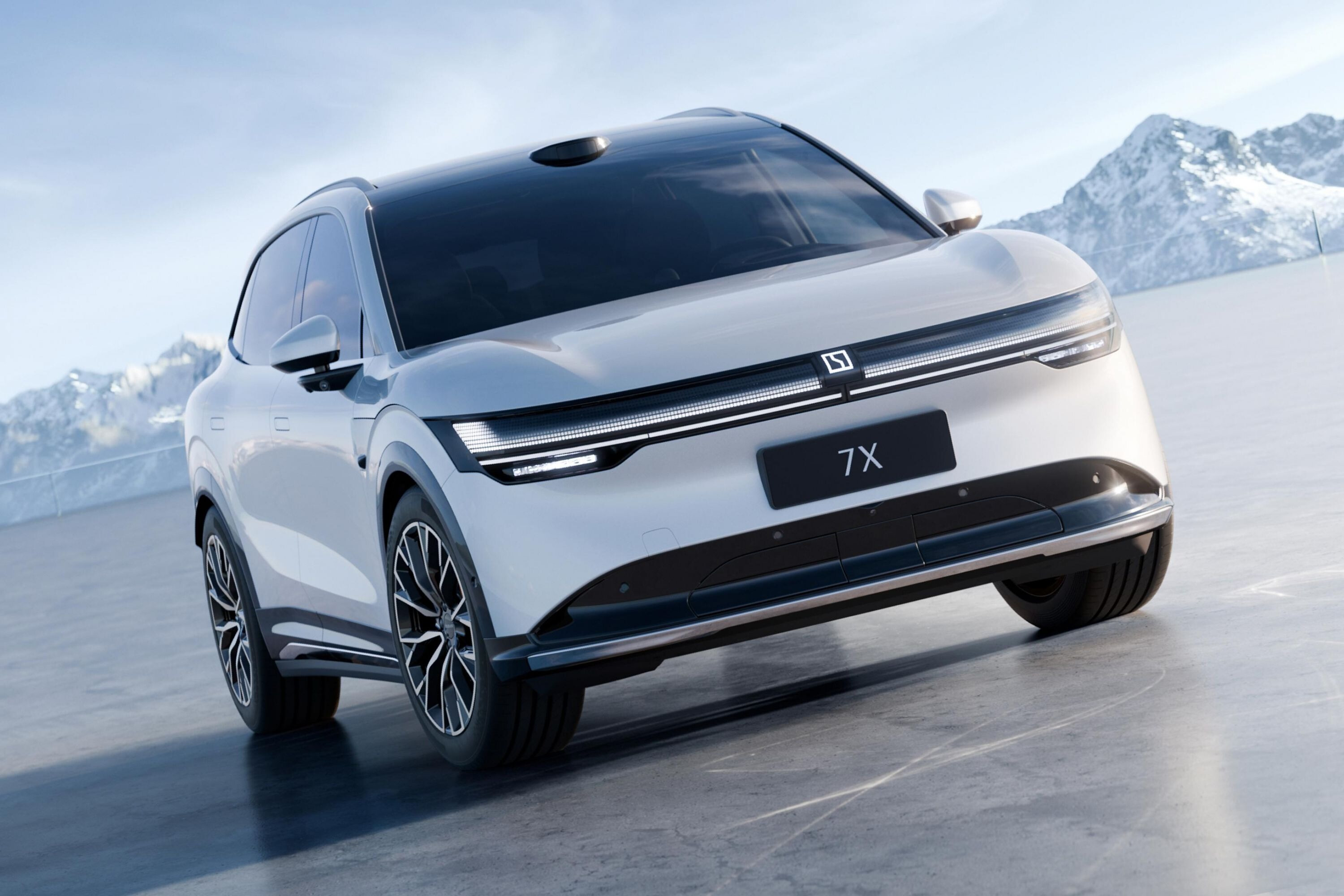SO I’VE read that American entrepreneur Malcolm Bricklin is making yet another comeback to the automotive industry.
If the name rings a distant bell, it’s probably because of the Bricklin SV-1, a 1974 ‘safety car’ that looked like a clunky Corvette with a roll cage, impact bumpers and hi-vis paint.
Hey, it was the mid-1970s, and Bricklin spotted a wave and figured he could ride it.
The latest venture is about convincing car dealers to invest in franchises to sell high-end artworks (yes, paintings) alongside Bricklin’s latest vehicle idea, a three-wheeler that customers test-drive in a virtual-reality pod on the showroom floor. The one element that doesn’t surprise me is that it’s an electric car.
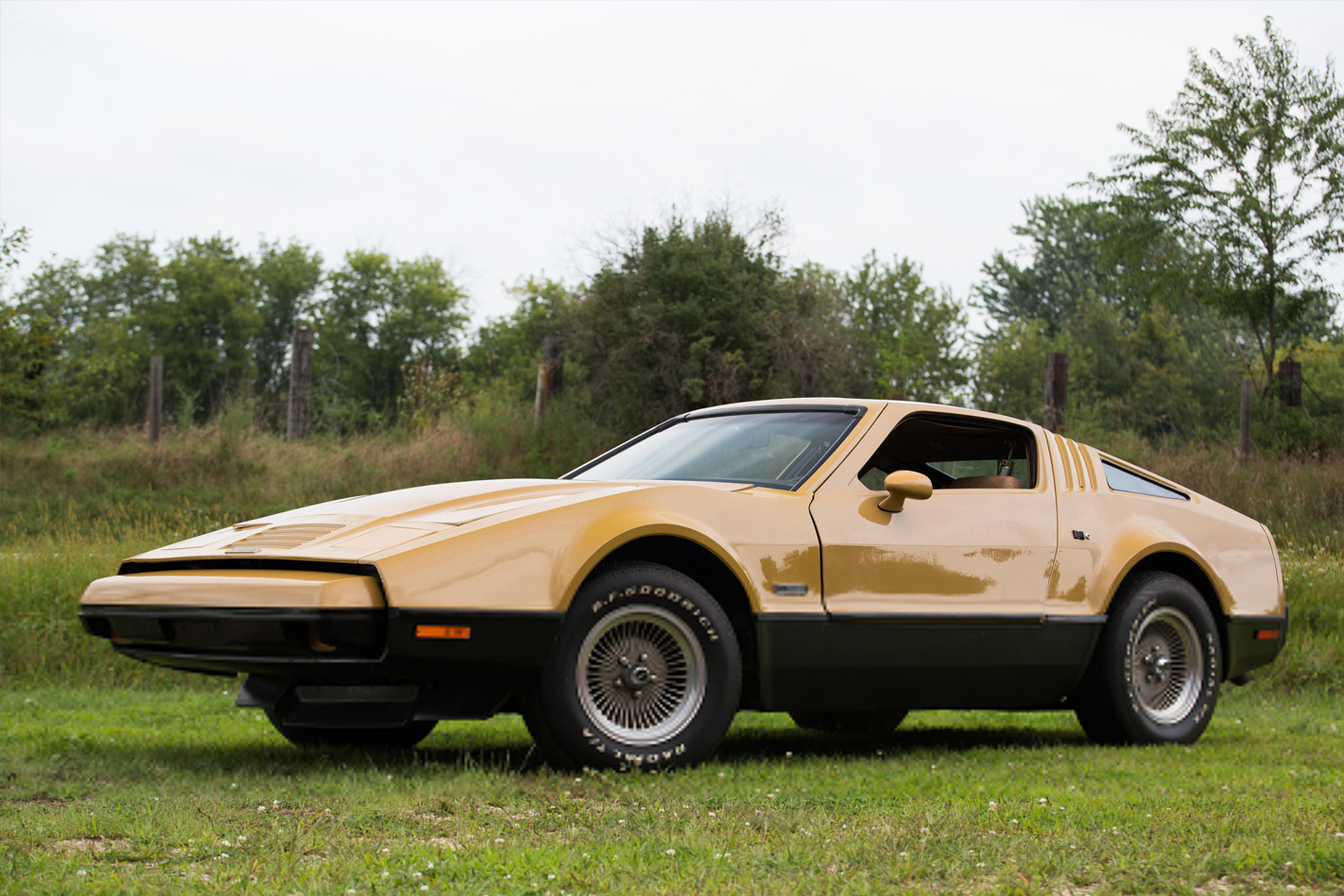
It made me think how the automotive industry – especially in the US – has always been a magnet for, uh, visionaries. It could be that cars simply arouse so much emotion, or that genuine Gyro Gearloose types are naturally drawn to this most complex of mass-produced products, or that such a huge percentage of car buyers are chumps, or, more likely, all of the above.
This got me wondering about Elon Musk. In terms of market capitalisation, his company, Tesla, recently overtook Ford and General Motors to become the most valuable carmaker in the US, and BMW to become the fourth most valuable carmaker in the world.
Tesla builds fewer than 100,000 cars per year – at a vehicles-per-worker rate about 20 percent that of conventional US car plants – and has never booked a profit in any of its 13 years.
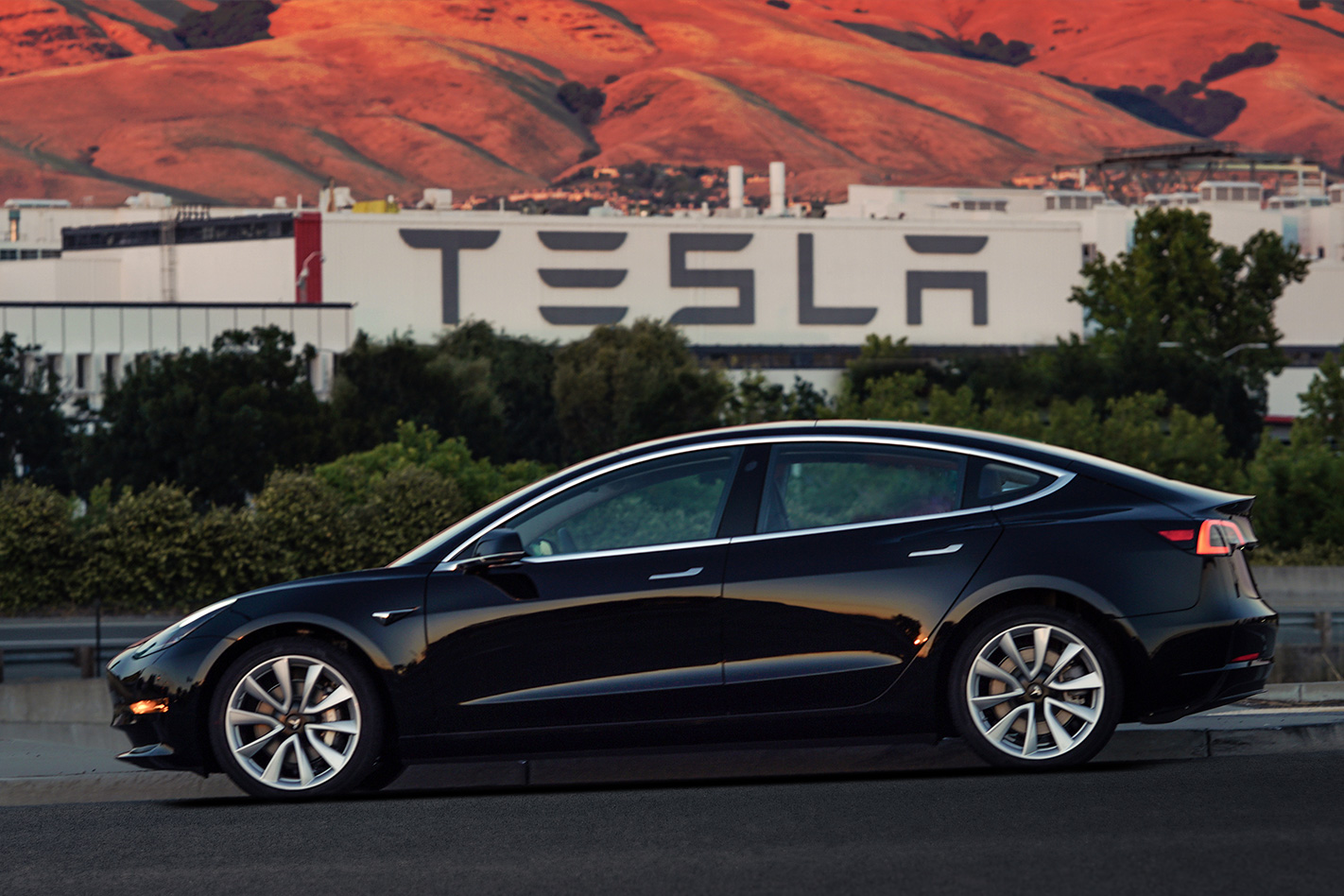
In between came Bricklin’s SV-1 safety car, of which about 3000 were built before the whole company hit the wall at rather more than the designed 5mph. That wrote off US$23m of public money, invested by a local government (New Brunswick, Canada) on the promise of bringing jobs and technological skills.
If that sounds – and the SV-1 even looks – familiar, you’re thinking of the DeLorean DMC12. It came just a handful of years later and, by the time it collapsed in 1982, had hoovered £78m of the British public’s money.
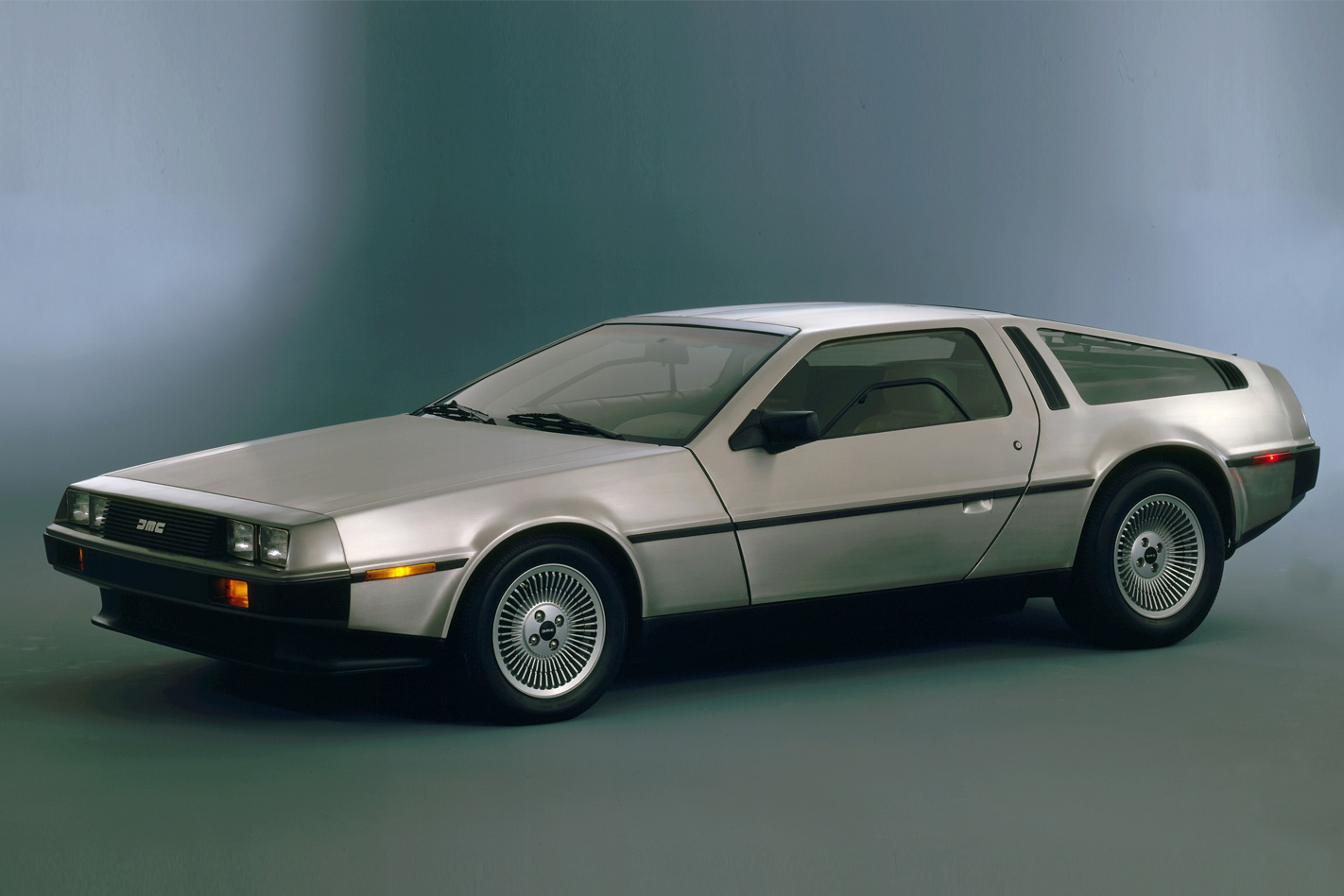
So, yeah. Tesla.
I’m as convinced as some sane people I know that its cars are game-changers. I’ve emerged excitedly from the latest V12-this or twin-turbo-that, cooing over all those Swiss-watch cams and cogs and valves, and been suddenly sobered by the image of an iPad.
But this has come at a staggering cost, put at US$4.9bn in 2015, including a US$1.3bn incentive to build a battery plant in Nevada, a 30 percent company tax credit, government rebates as high as US$7500 on electric cars, premiums on selling renewable power to the grid, and so on.
The Wall Street Journal has described Musk’s empire as “a business model that [depends] on the kindness of politicians.”
Musk argues that oil and fossil-fuel industries receive more than 10 times that in incentives and subsidies – to perpetuate old, environmentally dirty energy.
So, what am I saying? I don’t know. I’m just saying.

